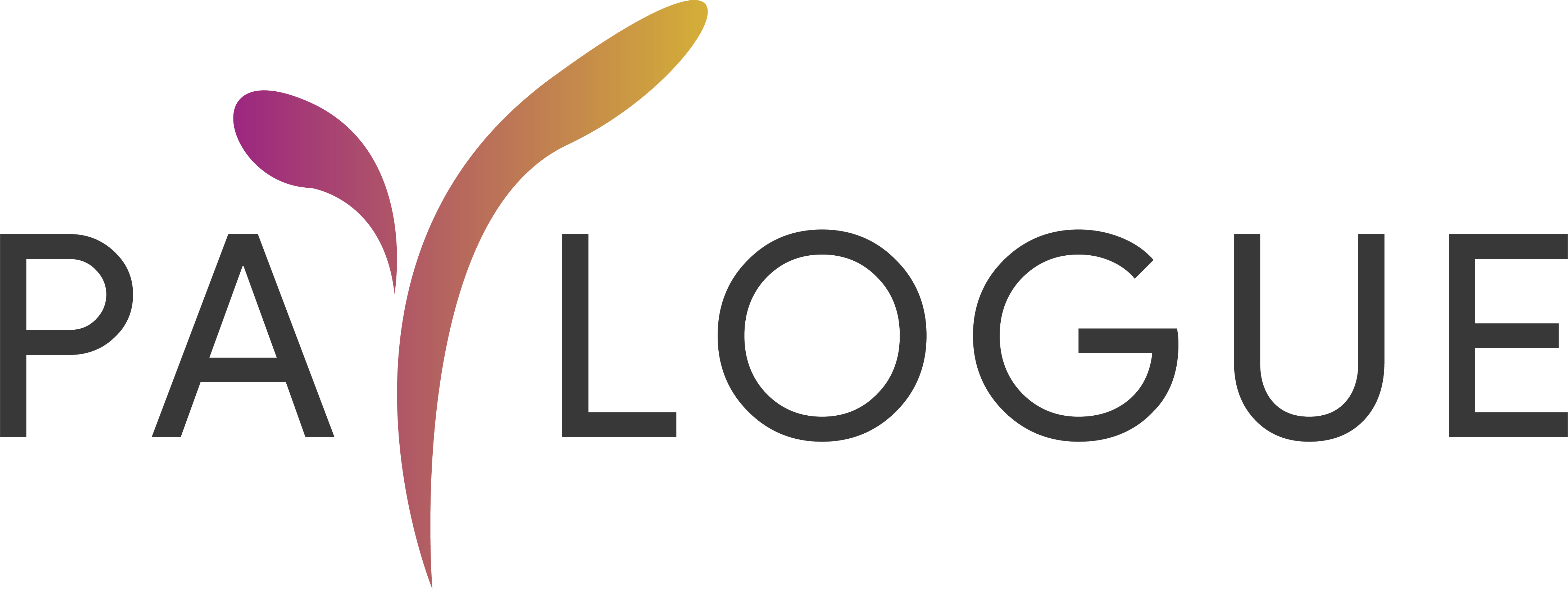Many people use debt to fund purchases they would not otherwise be able to afford, such as a home or a car. While loans can be great financial tools when they are used properly, they can be great adversaries as well. To keep from taking on too much debt, you should understand how loans work and how money is made for the lenders before you begin borrowing money from eager lenders.
Loans are big business in the financial world. They are used to make money for the lenders—with that in mind, no lender wants to lend someone money without the promise of something in return. Keep this in mind as you research loans for yourself or a business—the way loans are structured can be confusing and cause large amounts of debt.
It’s important to know how loans work before you borrow money. With a better understanding of them, you can save money and make better decisions about debt—including when to avoid acquiring more or how to use it to your advantage.
Key Loan Elements
Before you borrow, it’s wise to become familiar with some key terms that are associated with all types of loans. These terms are principal, interest rate, and term.
Principal
This is the original amount of money that you’re borrowing from a lender—and agree to pay back.
Term
This is the amount of time that the loan lasts. You must pay back the money within this specific timeframe. Different types of loans have different terms. Credit cards are considered revolving loans, meaning you can borrow and repay as many times as you want without applying for a new loan.
Interest Rate
This is the amount the lender is charging you for borrowing money. It’s usually a percentage of the amount of the loan,1 and is based on the rate the Federal Reserve charges banks to borrow money overnight from each other.5 This is called the federal funds rate, and is the rate banks base their own interest rates off.
Several rates are based upon the federal funds rate—such as the prime rate, which is a lower rate reserved for the most creditworthy borrowers, like corporations. Medium and high rates are then given to those with more risk to the lender, such as smaller businesses and consumers with varying credit scores.
Costs Associated With Loans
Understanding any costs associated with a loan can help you figure out which one to choose. Costs are not always advertised upfront when signing for a loan and are usually in financial and legal terminology that can be confusing.
Interest Costs
When you borrow, you have to pay back the amount you borrowed plus interest, which is usually spread over the term of the loan.8 You can get a loan for the same principal amount from different lenders, but if either or both the interest rate or term vary then you’ll be paying a different amount of total interest.
The costs to a borrower can be very deceiving when rates are taken into account. The annual percentage rate (APR) of a loan is the most popularly advertised by creditors because it doesn’t account for compounding interest that is paid over a number of periods.

